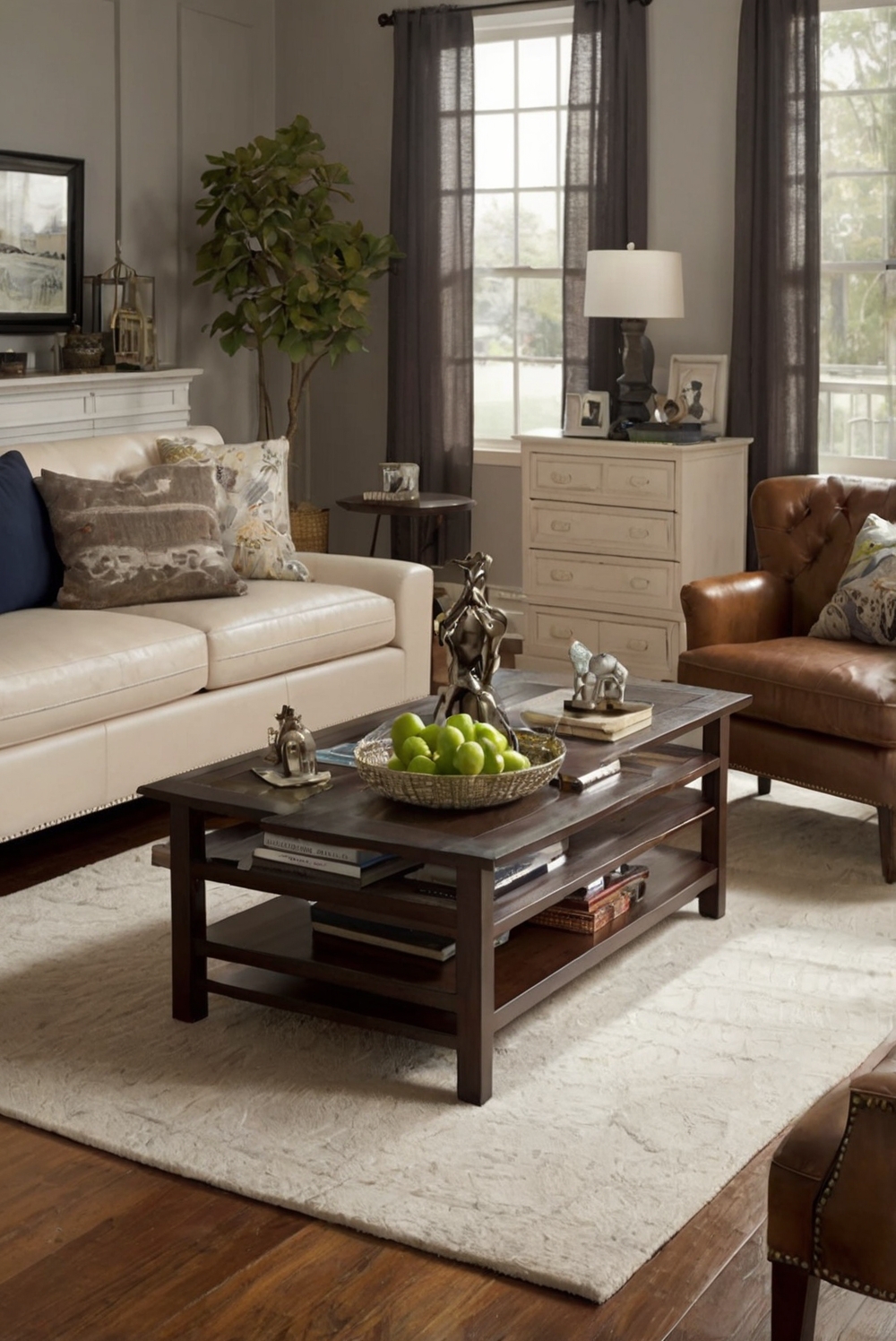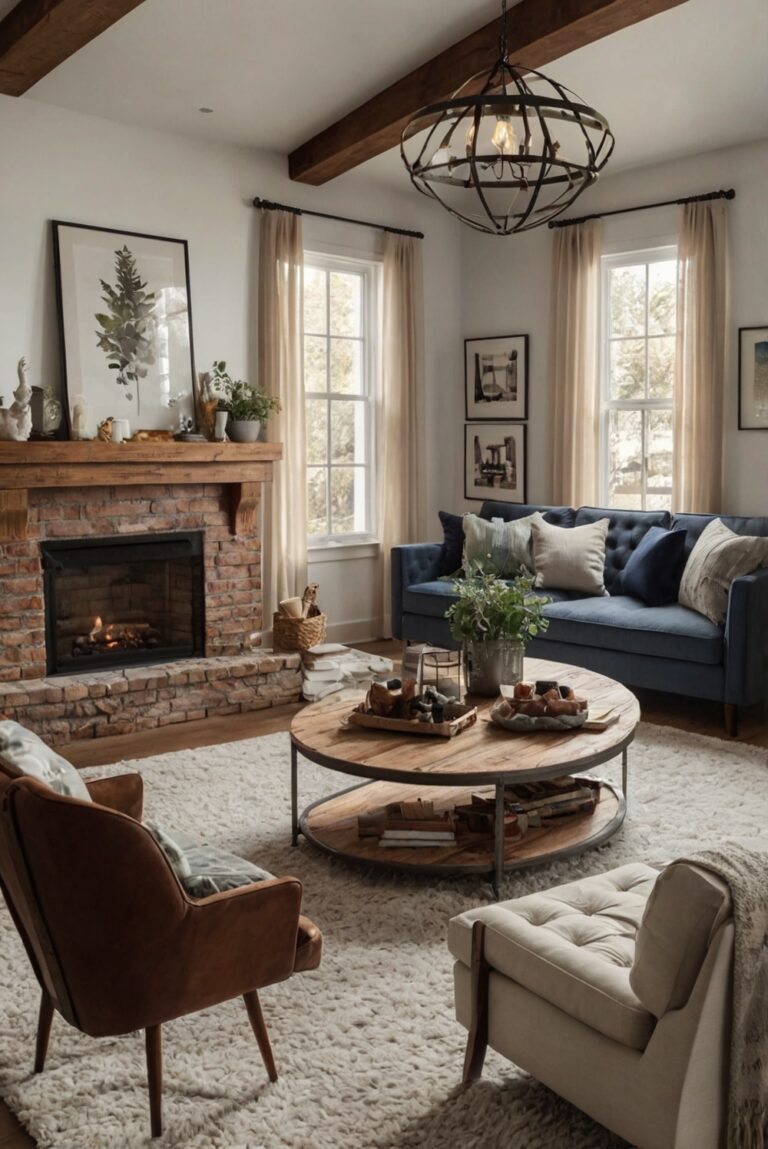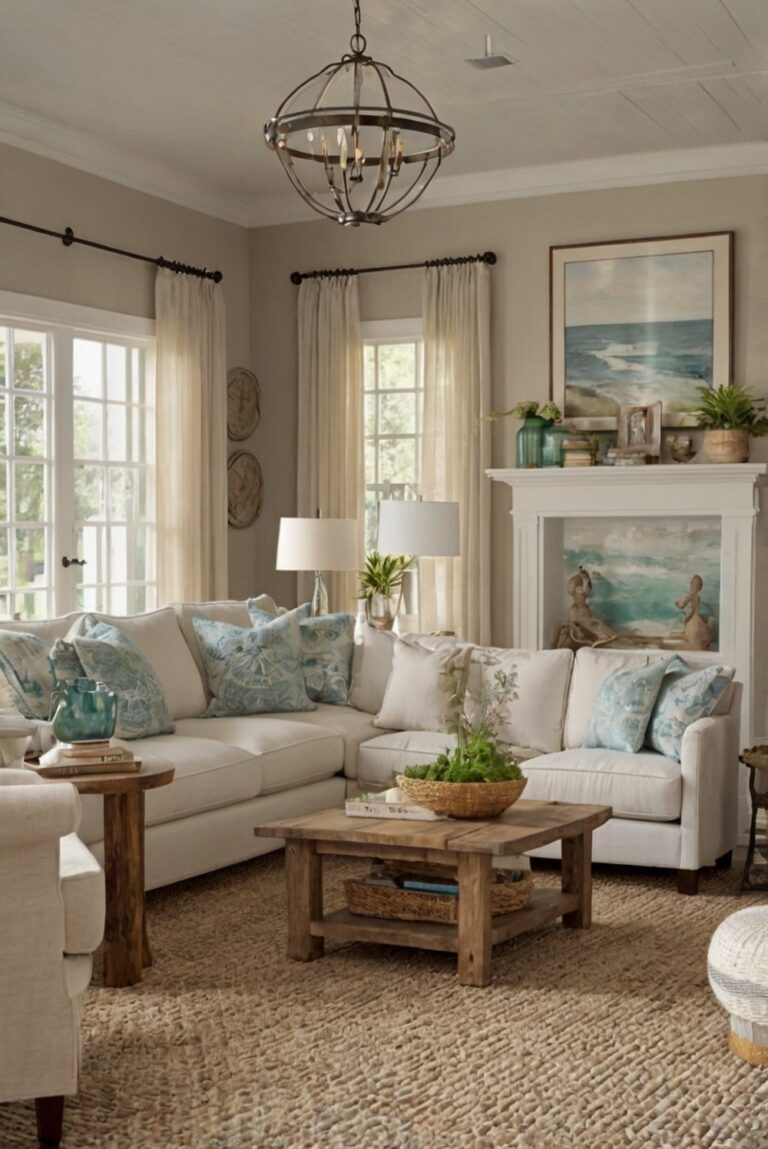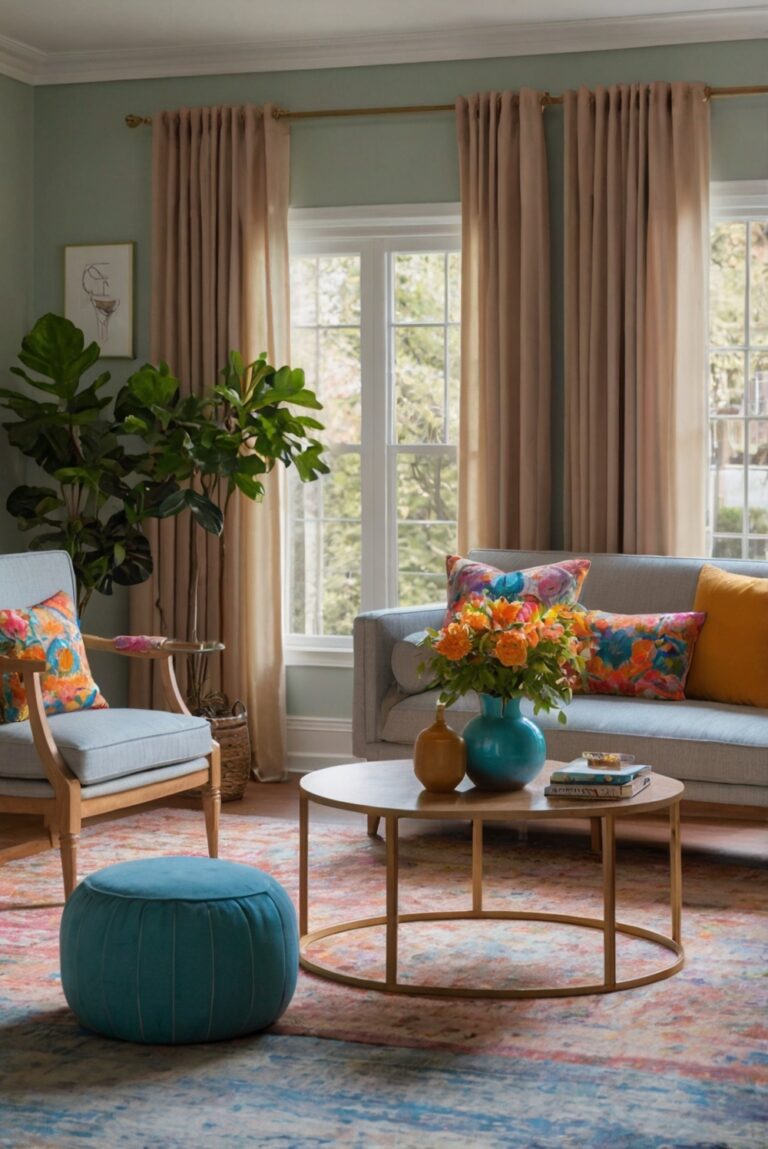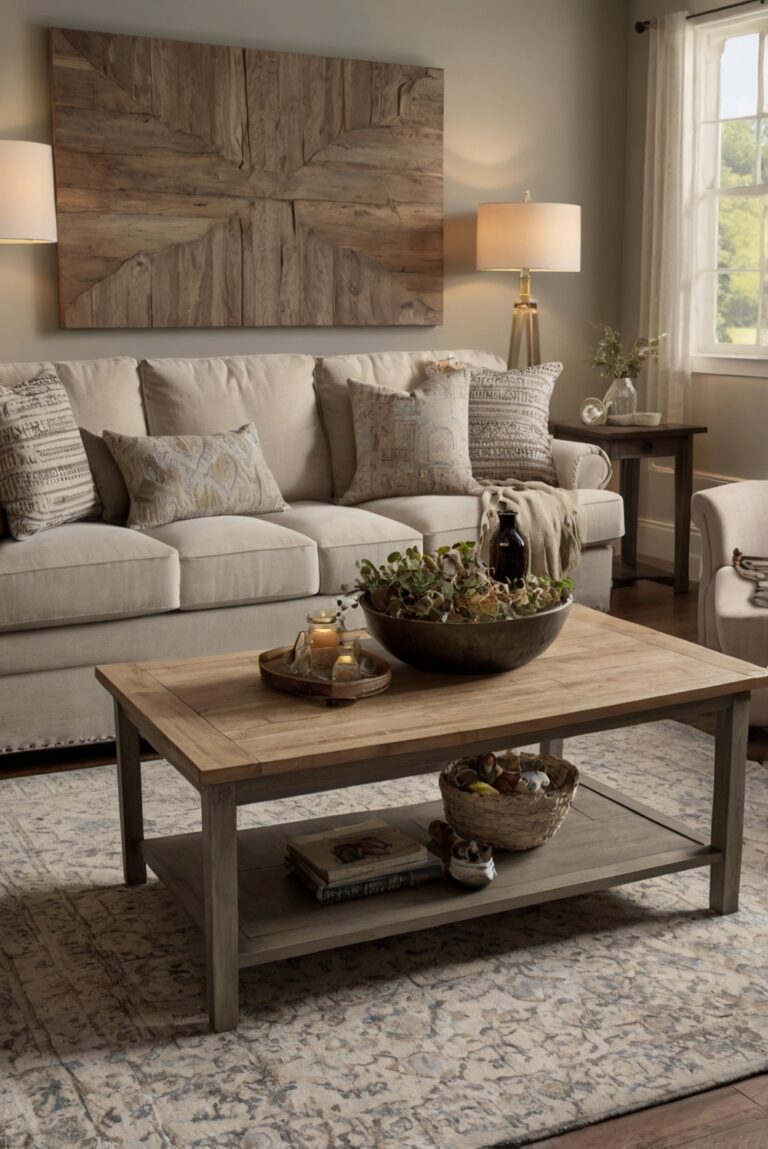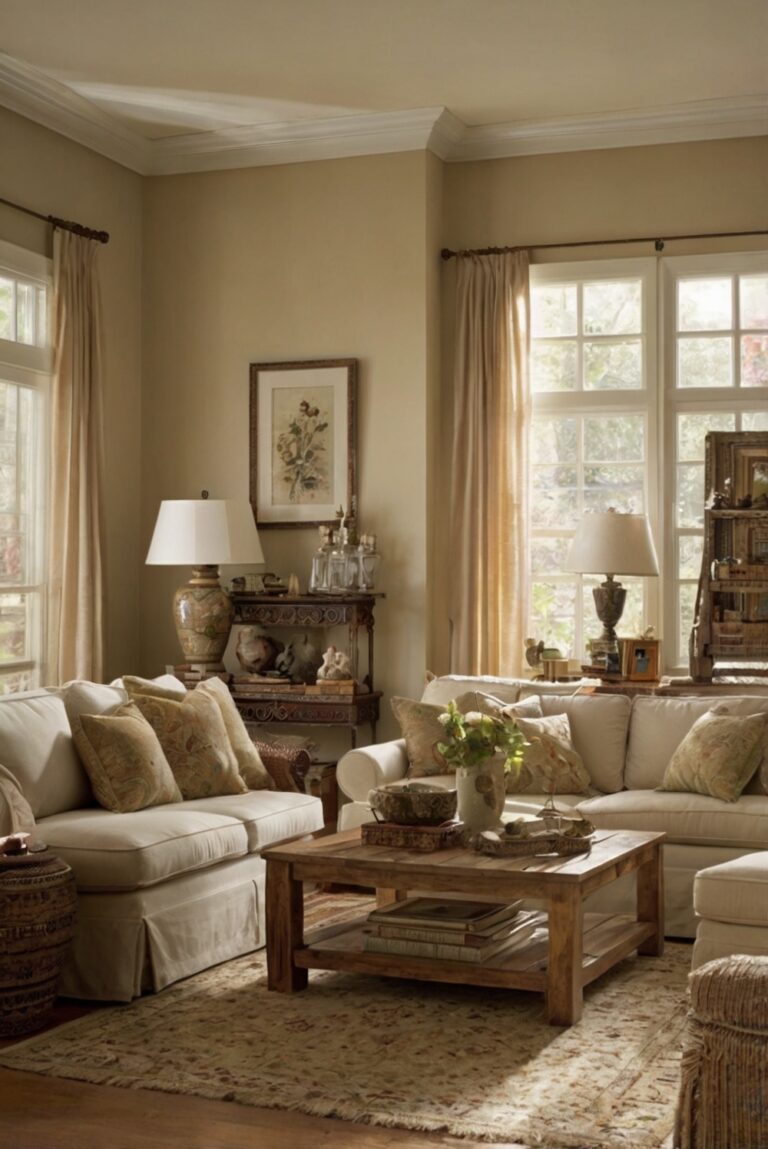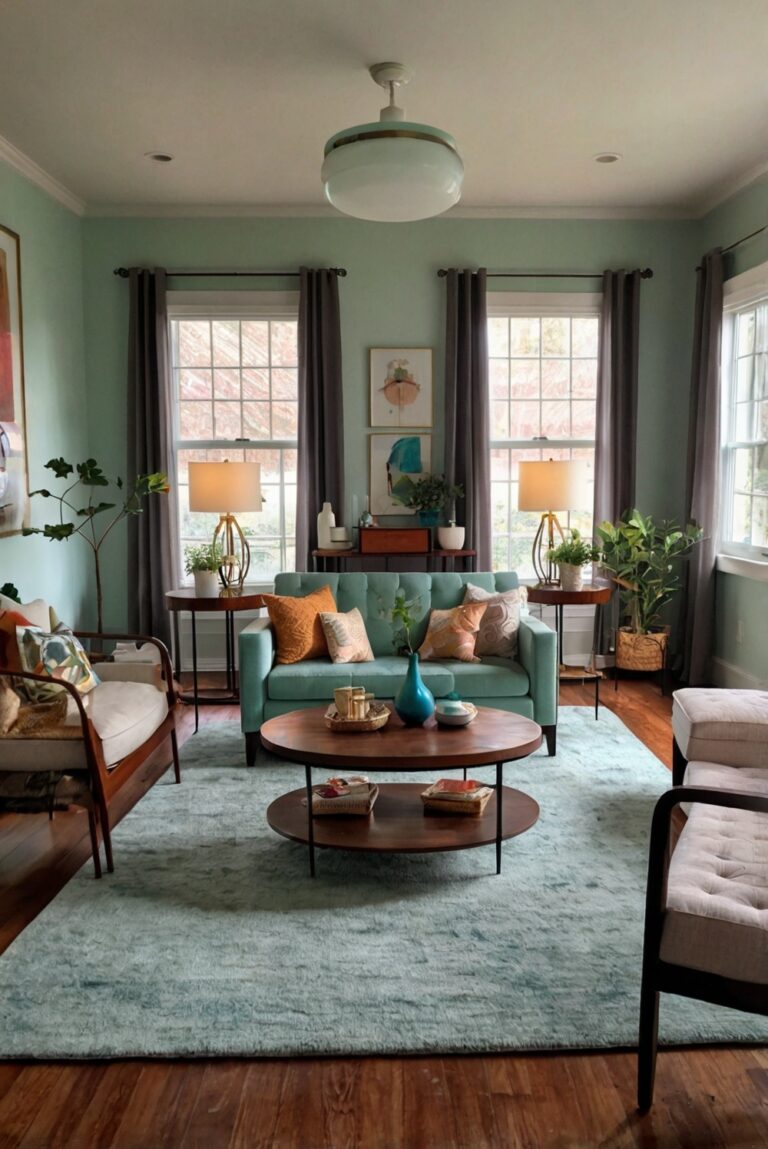Discover the benefits and drawbacks of incorporating leather furniture into your living room decor. Explore the daily routine of an interior designer to enhance your space effortlessly.
What Are the Pros and Cons of Leather Furniture in the Living Room?
Pros and Cons of Leather Furniture in the Living Room
Leather furniture can add a touch of sophistication and elegance to your living room, making it a popular choice for many homeowners. Some of the pros of leather furniture include its durability, easy maintenance, and timeless appeal. However, leather furniture can be expensive, may require regular maintenance to prevent cracking, and can be less comfortable than fabric furniture. To make the most of leather furniture in your living room, consider the overall style of your home decor, opt for a high-quality leather that suits your lifestyle, and use accessories like throw pillows to add warmth and comfort to the space. Be sure to also choose the right paint colors for your walls to complement the leather furniture and create a cohesive and inviting living room interior design.
What Are the Pros of Leather Furniture in the Living Room?
Pros:
Leather furniture offers a luxurious and sophisticated look to any living room. Its rich texture and elegant appearance can elevate the overall aesthetic of the space. In addition, leather furniture is durable and long-lasting, making it a worthwhile investment for homeowners. The material is also easy to clean and maintain, as spills can be easily wiped off with a damp cloth. Leather furniture tends to improve with age, developing a unique patina that adds character to the piece. Furthermore, leather is hypoallergenic, making it a suitable choice for individuals with allergies.
What Are the Cons of Leather Furniture in the Living Room?
Cons:
While leather furniture has many advantages, there are some drawbacks to consider. One of the main disadvantages of leather furniture is its cost. Genuine leather can be quite expensive compared to other upholstery materials. Additionally, leather furniture may not be the best option for households with pets or young children, as it is prone to scratches and damage. Leather furniture can also be sensitive to sunlight and heat, which may cause it to fade or crack over time if not properly cared for. Another downside is that leather furniture may feel cold in the winter and sticky in the summer, as it does not regulate temperature as well as fabric upholstery.
How to Care for Leather Furniture in the Living Room?
Caring for Leather Furniture:
To maintain the beauty and longevity of leather furniture in the living room, it is essential to follow proper care guidelines. Regularly dusting and vacuuming the furniture can help prevent dirt and debris from accumulating on the surface. It is also recommended to avoid placing leather furniture in direct sunlight or near heat sources, as this can cause the material to dry out and crack. Using a leather conditioner periodically can help keep the leather soft and supple, preventing it from becoming stiff or brittle. In case of spills, it is important to blot the liquid immediately with a clean cloth and avoid rubbing, which can damage the leather. For tough stains or extensive cleaning, it is advisable to seek professional help to avoid causing further harm to the leather.
Is Leather Furniture Sustainable for the Environment?
Sustainability of Leather Furniture:
The production of leather furniture involves the use of animal hides, which raises concerns about the environmental impact of the industry. While leather is a natural material that is biodegradable, the process of tanning and manufacturing leather can have negative effects on the environment if not done responsibly. Some leather production practices involve the use of harmful chemicals and excessive water consumption, contributing to pollution and waste. However, there are sustainable practices and certifications available in the leather industry that promote ethical and eco-friendly production methods. Opting for leather furniture from certified sources or choosing alternative materials like vegan leather can help reduce the environmental footprint of leather furniture in the living room.
In conclusion, leather furniture can be a stylish and durable choice for the living room, offering a range of benefits such as luxury, longevity, and ease of maintenance. However, it is important to consider the cost, maintenance requirements, and suitability for your lifestyle before investing in leather furniture. By understanding the pros and cons of leather furniture and following proper care guidelines, you can enjoy the beauty and comfort of leather furniture in your living room while also being mindful of its environmental impact. Consider all factors carefully before making a decision on whether leather furniture is the right choice for your living room.
1. What are the benefits of having leather furniture in the living room?
Leather furniture in the living room offers a luxurious and sophisticated look. It is durable and can withstand wear and tear. Leather is easy to clean and maintain, making it a practical choice for families with children or pets. Additionally, leather furniture ages well and develops a unique patina over time, adding character to the living space. Leather is also hypoallergenic, making it a suitable option for individuals with allergies.
2. What are the drawbacks of using leather furniture in the living room?
While leather furniture has many advantages, it also has some drawbacks. Leather can be expensive compared to other upholstery materials. It can also be prone to scratching and fading if not properly cared for. Leather furniture may feel cold in the winter and sticky in the summer, depending on the climate. Additionally, some people may find leather furniture less comfortable than fabric options due to its firmness.
3. How can I care for leather furniture to ensure its longevity?
To maintain the quality of leather furniture in the living room, it is important to regularly clean and condition the leather. Avoid placing leather furniture in direct sunlight or near heat sources, as this can cause it to fade and dry out. Use a leather conditioner to keep the leather soft and supple, preventing it from cracking. Wipe up spills immediately and avoid using harsh chemicals or cleaners on the leather. Regularly dusting and vacuuming the furniture will help prevent dirt and debris from accumulating on the surface.
4. Are there different types of leather used in furniture, and if so, which is the best?
There are several types of leather used in furniture, including full-grain, top-grain, and bonded leather. Full-grain leather is the highest quality and most durable option, as it is made from the top layer of the hide. Top-grain leather is also a good choice, as it is slightly more affordable than full-grain but still offers high quality. Bonded leather is made from scraps of leather bonded together with a synthetic material, making it less durable and lower in quality. When choosing leather furniture for the living room, opt for full-grain or top-grain leather for the best quality and longevity.
5. Can leather furniture be a good investment for the living room?
Investing in leather furniture for the living room can be a good long-term investment, as high-quality leather pieces can last for many years with proper care. While the initial cost may be higher than other upholstery options, the durability and timeless appeal of leather make it a worthwhile investment. Leather furniture can also add value to your home and enhance the overall aesthetic of the living room. By choosing high-quality leather furniture and taking care of it properly, you can enjoy the benefits of leather for years to come.

